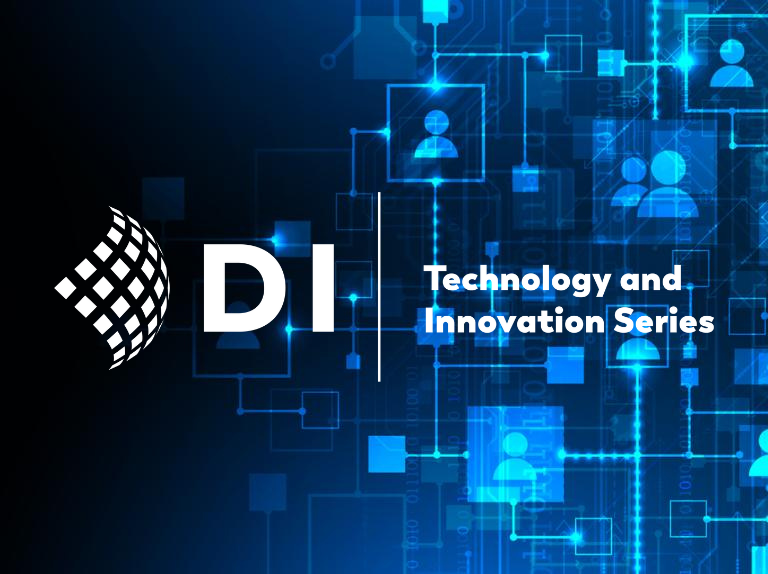
Maximizing AI adoption requires more than experimenting with tools. Destination leaders who align vision, policy, and practice can turn incremental efficiencies into transformative gains for their organizations and communities.
Artificial Intelligence is no longer a futuristic concept; it's a present-day reality reshaping industries. For leaders in the destination community, the question isn't whether to adopt AI, but how to do so effectively to elevate your team and amplify your impact. Many organizations struggle to transition from experimentation to true adoption. The difference between those who succeed and those who stall lies in a clear, intentional strategy.
This is your roadmap, a series of foundational pillars that will guide your organization not only in adopting AI but also in harnessing its full transformative power.
Pillar 1: Define Your Vision, The North Star
Successful AI deployment begins with a crystal-clear vision from the top. Before you can expect your team to embrace this technology, you must answer fundamental questions about its role within your organization.
- Is AI a mandate or an option? Are you expecting your team to adopt AI because you see it as core to future success, or is it merely a "nice to have" for those who want to play?
- What is our primary goal? Are we implementing AI to elevate our team's careers, to free them for higher-level strategic work, or to deliver a greater impact on our destination's goals?
Your answers to these questions establish the "North Star" for AI within your walls. A well-defined vision provides the purpose and direction necessary for everyone to pull in the same direction.
Pillar 2: Manage Expectations, Your Governance and Policy
With a vision in place, the next step is to create the guardrails. Call it governance or policy, but its purpose is simple: to establish shared expectations that give your team the confidence to innovate safely. This involves deep diving into critical questions:
- Ownership: Who owns AI-generated work, the individual employee or the organization?
- Autonomy: What is our stance on autonomous workflows? Are we comfortable with AI-powered itinerary builders or automated communications? What safeguards and oversight are required to protect our brand if something goes sideways?
- Accountability: Is it acceptable for an employee to say, "AI said this"? Or do we maintain that the individual remains fully accountable for their work output, regardless of the tools used?
- Data & Security: What is our policy on the data your team can and cannot input into AI models? Do existing agreements prevent certain data from being used? What security standards must a tool meet before it can be approved?
By proactively aligning on these expectations, you create a trusted framework for exploration and remove the fear and uncertainty that often stifle adoption.
Pillar 3: Foster Shared Education
As leadership expert Dan Sullivan says, “Your eyes only see and your ears only hear what your mind is looking for.” Education is the key to opening your team's eyes to the true potential of AI.
This doesn't have to be a massive investment. It can take many forms:
- Bring in an expert to provide foundational training on AI 101 and prompt engineering, explaining the mechanics of how the technology works.
- Empower an internal champion, someone on your team who is passionate and already using tools like Gemini or Copilot, to share practical examples of how they are saving time and achieving better results.
The goal of education is to equip your team with the basic skills to start delegating the tasks that drain them. This frees their cognitive energy to focus on the strategic, creative, and relationship-driven work where they deliver the most value.
Pillar 4: Drive Intentional Action with the 5% Challenge
Once the building blocks of vision, policy, and education are in place, it's time for intentional action. This is where leaders become coaches. I challenge every organization to implement a Time Savings Tracker.
The goal is simple yet powerful: Every employee should be able to find at least 5% time savings each quarter. That’s just two hours per week, reclaimed by delegating work through effective prompting.
This requires leadership engagement.
- Ask your employees: "How will you save your two hours this quarter?"
- Treat it like any other priority: During your one-on-ones, ask, "How is your progress on your time-saving goal? What walls have you hit?"
- Be a problem-solver: When an employee hits a wall, your job is to help them get "unstuck" and move forward.
Let's be clear: the first 90 days involve an investment of energy as your team learns to build prompts and find the right tools. However, once that initial effort is made, the time savings compound quarter after quarter, resulting in a truly transformative shift in organizational capacity.
Pillar 5: Measure Progress & Refocus Energy
What gets measured gets managed. You don't need a complex system; progress measurement can be as simple as asking your team during quarterly reviews, "How much time do you feel you've saved over the last 90 days using AI?"
Visualizing these numbers is critical. We often don't realize how much time is spent on routine communications or analysis until we see the hours we've reclaimed. Most importantly, stress that these reclaimed hours aren't about cost-cutting. They are about reinvesting your team's most valuable resource, time, into the parts of their roles that genuinely energize them and drive your mission forward.
Pillar 6: Amplify Success Through Storytelling
This final pillar is arguably the most important for creating a self-sustaining culture of innovation. Share stories.
When a new technology or a clever prompt achieves a great result, share that success story with the entire organization. This goes back to opening people's eyes to what's possible. Create regular forums, whether in team meetings or internal communications, where individuals can share their wins.
Clients I work with, such as Matt Vinson of Dallas, have achieved incredible success by regularly bringing their teams together to share new findings and insights. This culture of generous sharing is what takes a disruptive technology and makes it a collective opportunity. It enables you to harness the power of AI, elevate your entire team, and deliver the profound impact you're striving to achieve.
AI adoption isn't a technology problem; it's a leadership and culture opportunity. By following this roadmap, you can guide your organization from hesitant curiosity to confident, impactful integration.
Submit Your Thought Leadership

Share your thought leadership with the Destinations International team! Learn how to submit a case study, blog or other piece of content to DI.


